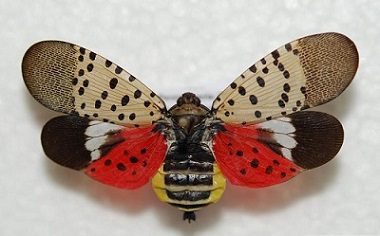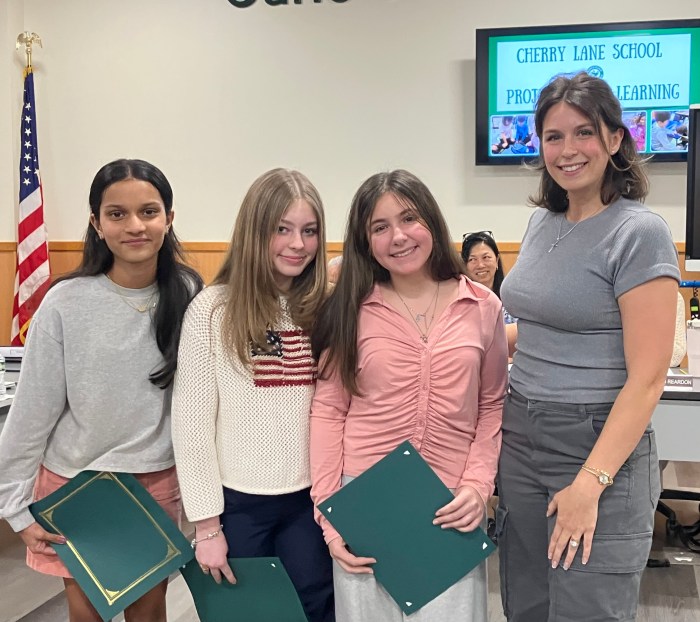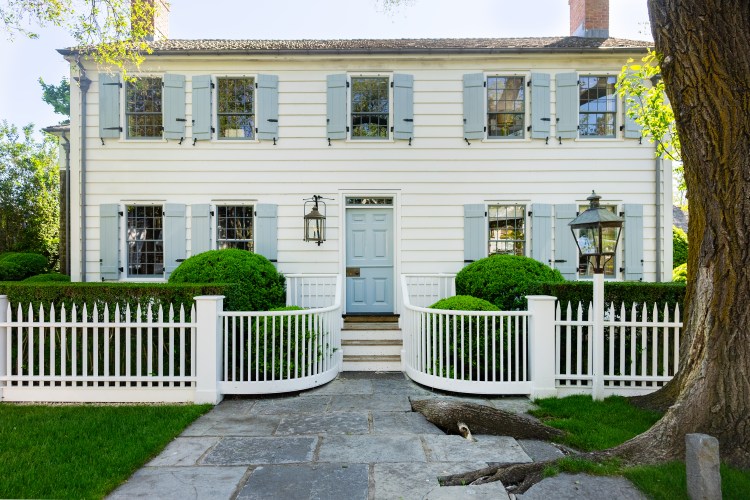Spotted Lanternflies have returned this season and residents have noticed with many taking to Facebook to voice their concerns.
“Does anyone know if the Town of Oyster Bay is doing or planning on doing the lantern fly infestation?” one resident asked.
The resident wrote that the insects were found on the Greenbelt Hiking Trails and in residential neighborhoods.
The Town of North Hempstead has also noticed the return of invasive species with colorful markings.
“At first glance, spotted lanternfly may appear pretty, with bright red wings and polka-dots – however, the damage and destruction they cause our local trees and forests is anything but,” Town of North Hempstead Supervisor Jennifer DeSena said in a press release.
The town said the insects will likely be seen through the fall and typically lay eggs in September. If residents find egg masses near their homes next month, they should scrape them into warm, soapy water to eliminate them.
Lanternflies are not harmful to people or pets, but they are dangerous to plants, as they make them susceptible to diseases, the town said.
The spotted lanternfly issue is currently under the jurisdiction of the state Department of Environmental Conservation.
The DEC has partnered with the state Department of Agriculture and Markets and the Pest Management Program to address the Lantenfly issue.
The three departments hosted a livestream presentation to discuss the insects and how to combat them.
“Spotted lanternflies have the drive to climb up trees,” said Brian Eshenaur, of the Cornell University Integrated Pest Management program.
Eschenaur showcased two types of traps on the livestream – sticky band traps and circle traps – that can be wrapped around trees to collect the insects as they attempt to climb.
Traps can be used to maintain the lanternfly population and prevent their spreading.
These traps can be easily installed and are available for online purchase if residents want to use them at home, he said.
“The spotted lantern fly has a big, big economic impact to agricultural commodities,” said Scott Litwin, horticulture inspector for the Department of Agriculture and Markets.
The species has particularly affected grape production, which is especially harmful as New York is the No. 1 grape producer east of the Mississippi, Litwin said.
To combat this, Litwin explained that inspectors are vacuuming adult spotted lanternflies from trees. Drone cameras are also being used to locate the insects in treetops, allowing for real-time surveillance. These methods were showcased on the live stream.
Eschenaur said that in addition to state inspectors and initiatives, natural predators, such as spiders and praying mantises, are drawn to the spotted lanternfly.
“There is some natural biocontrol going on, and some research is underway to look at bringing in other biological controls. So there is some hope for the future in that way,” he said.
State initiatives and research programs aim to contain and eradicate the spotted lanternfly population. For anyone interested in more information, please visit www.dec.ny.gov or email spottedlanternfly@agriculture.ny.gov.
































